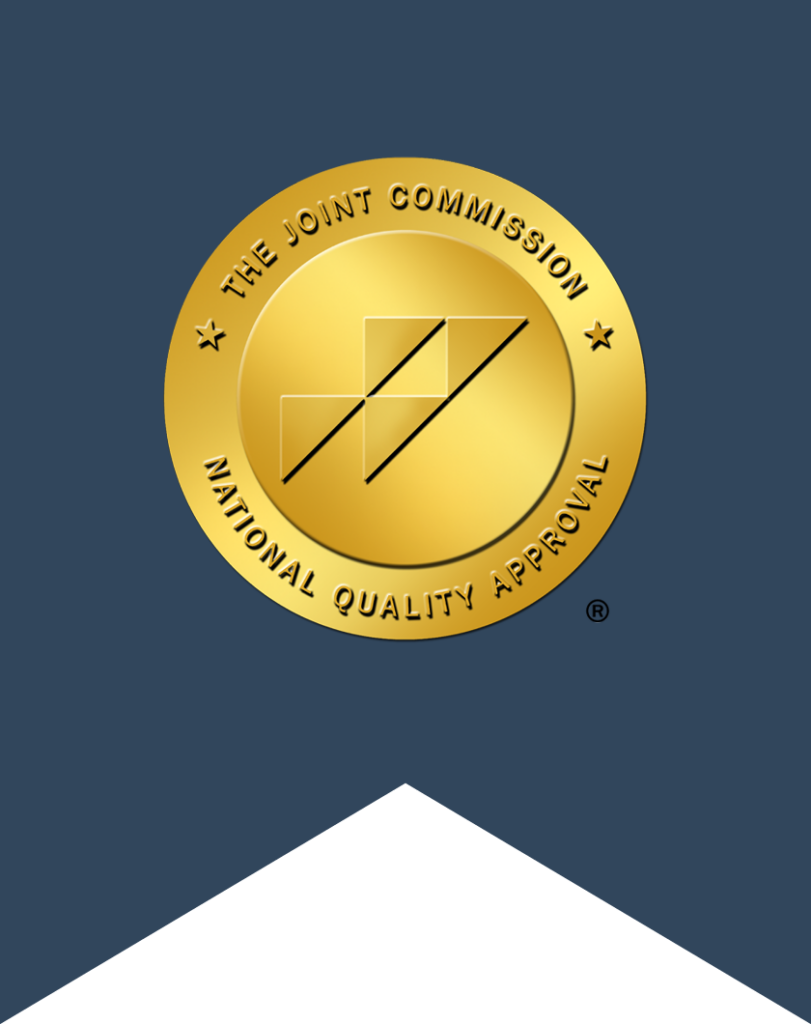It comes as no surprise to most people that the fashion industry is a hotbed of drug activity, from designers using illegal or prescription stimulants like diet pills to pull all-nighters before a runway show to models using them to avoid gaining weight. Cocaine abuse is rampant in the industry, particularly during New York Fashion Week, when a typical workday exceeds twelve hours and is followed by a robust assortment of cocaine-fueled after parties.
George Cortina, a veteran stylist who has seen his share of Fashion Weeks, told The New York Times in 2005 that if you don’t see drug abuse everywhere you look in fashion, then “you’re wearing a blindfold.”
Along the same lines, the editor of Flaunt Magazine, Long Nguyen, pointed out that drug use in the fashion industry has always been more prevalent than anyone will admit to, but it gets swept under the rug. “We all know that fashion never looks under the rug, because it’s not pretty there,” Nguyen commented.
A Double Standard
The ugly side of fashion is evident when you talk to anyone close to the industry, particularly if they work with models. Runway models are expected to maintain a waif-like appearance no matter what it takes, but if the public gets wind of drug abuse, their career is all but over. The very hand that will happily exploit a model will turn on her in an instant and shake its finger in her face for doing what it takes to comply with unrealistic and unhealthy industry standards.
Kate Moss was filmed snorting cocaine in 2005 and subsequently lost over $4 million in contracts with H&M, Chanel and Burberry, among others. The irony is that it was Moss who made “heroin chic” a household term for a gaunt, haunting appearance, complete with pale skin and dark circles under the eyes—a look that not only sold countless fashions but may also have helped to reduce the stigma of heroin abuse and move it out of the inner city and into the suburbs.
A full seven years before Moss was caught doing cocaine, designer Andrew Groves’ 1998 fashion show, called “Cocaine Nights,” featured a catwalk covered in white powder and a dress constructed of razor blades. That was just fine by the industry, but a supermodel doing lines of cocaine at a party was most definitely not.
The Ugly Side of Beauty
Stephen Fried, the author of the biography of Gia Carangi, a supermodel who developed a fatal drug addiction, told The Independent that models use cocaine for the same reason truck drivers do, which is the same reason why athletes take steroids: to enhance performance on the job. Truck drivers use cocaine to stay on top of their game during sixteen-plus hour workdays and supermodels use it to maintain the industry-standard weight that in any other context would be regarded with great concern.
Even as the fashion industry helps fuel the drug abuse of young models—most of whom are fresh out of high school—by upholding them to ridiculously rigid appearance standards, it embraces a culture of collective denial about it, willfully turning a blind eye.
This double standard of expecting young women to wreck their health in order to sell clothes during Fashion Week and then reacting with disbelief and canceling contracts when one overdoses or gets caught doing drugs is a sad commentary on an industry that already devalues women enough to pluck them straight out of adolescence and set them down in a hyper-competitive world where sexual abuse is rampant and self-serving agents and publicists take over the role of parent.
Meanwhile, their gaunt visages in fashion magazines fuel an additional epidemic of addiction and dysfunction among adolescent girls and young women who feel they fall short of the standard of beauty.
An Attitude, A State of Mind
Kate Moss suffered the personal and professional repercussions of getting caught doing drugs, and yet despite the public backlash, she was back at work not long after the hullabaloo died down, ironically hawking “Addict,” Dior’s celebrated line of lipstick that Nordstrom calls “A lipstick, an attitude, a state of mind.”
The stigma of being caught using drugs in the fashion industry and the proclivity of the industry to do whatever it takes to sell clothes are ruining lives and making it difficult for an insider to get help for a drug addiction.
Maybe it’s time for fashion to go ahead and look under that rug and really examine what’s lurking beneath. Maybe doing so will help us change our attitude and state of mind and begin an honest dialogue about what beauty is and what price we’re willing to ask women to pay in order to achieve it.
